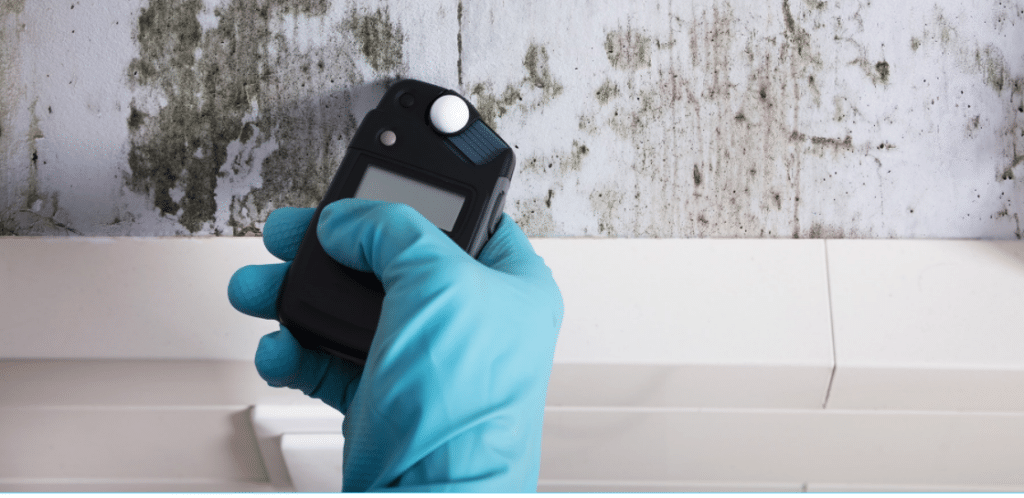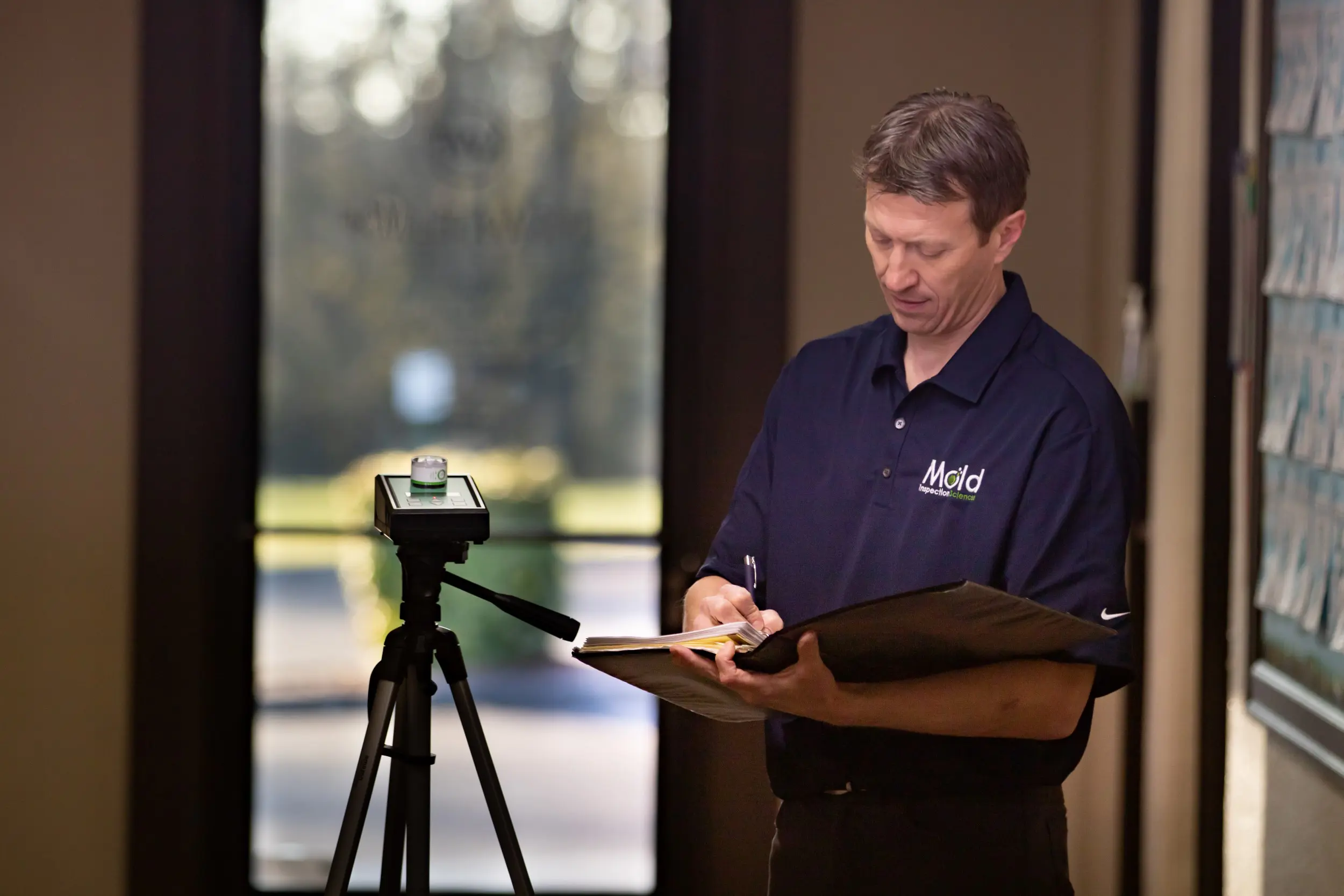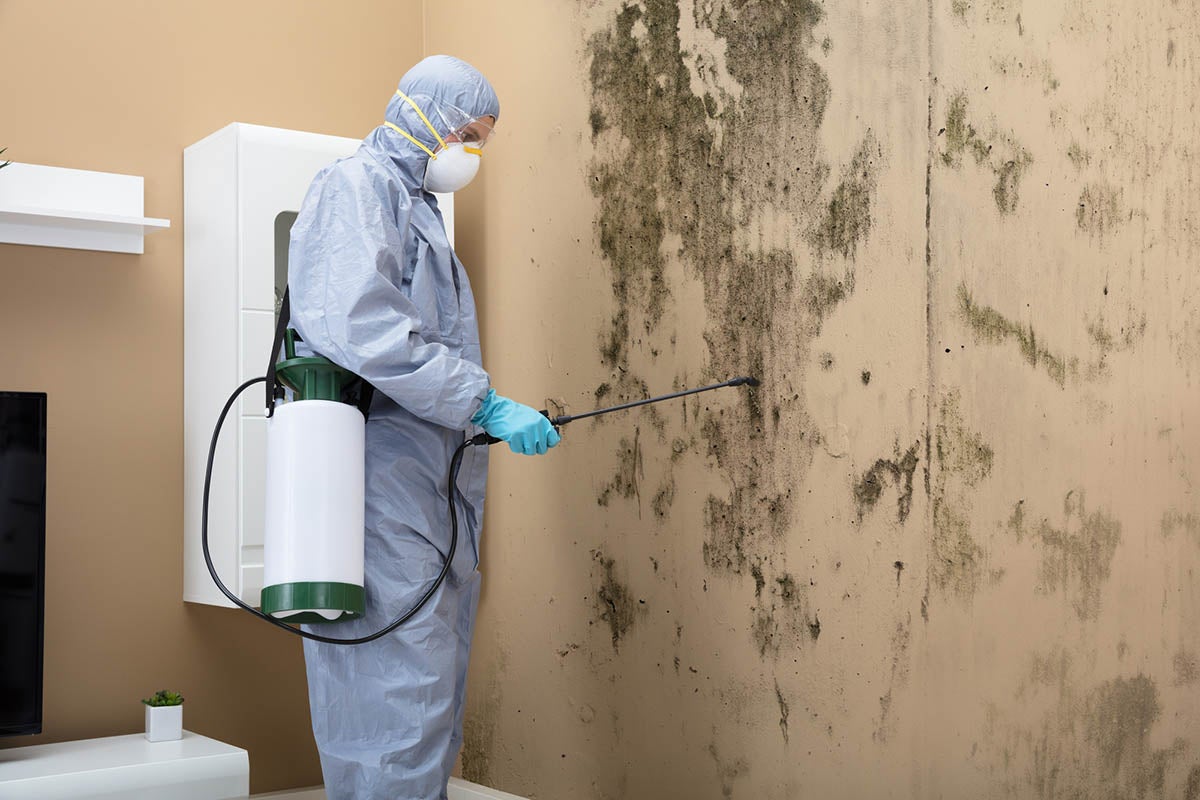Testing Air Quality After Mold Remediation
Testing Air Quality After Mold Remediation
Blog Article
Your Ultimate Guide to Post Mold And Mildew Removal Methods
Browsing the world of post-mold removal techniques is a precise process that demands attention to information and a thorough understanding of the details included. In the consequences of mold problem, understanding how to properly eradicate the mold and stop its reoccurrence is vital for maintaining a healthy and balanced indoor environment. From choosing the right cleansing and sanitizing techniques to executing methods for long-lasting mold and mildew prevention, each step in the remediation trip plays an important duty in making certain a successful end result. As we start this exploration of post-mold removal strategies, we will certainly uncover the vital approaches and finest practices that can assist you restore your area to its pre-mold problem and secure it against future mold threats.
Understanding Post-Mold Remediation Process
After completing the mold remediation process, it is essential to understand the post-mold remediation strategies that are essential to make certain a reliable and complete clean-up. Once the mold has actually been gotten rid of, the next step entails cleansing and sanitizing the affected locations to avoid any type of regrowth of mold. This includes making use of specialized cleansing representatives to wipe down surface areas and eliminate any type of remaining mold and mildew spores. It is necessary to dry the location completely to dissuade the growth of mold and mildew in the future (After mold remediation). Correct ventilation and dehumidification can assist in this process.
In addition, performing a last assessment post-remediation is important to make sure that all mold and mildew has actually been effectively eliminated. If the assessment exposes any type of lingering mold and mildew, added removal might be needed.
Efficient Cleaning and Decontaminating Approaches

Protecting Against Future Mold And Mildew Development

Relevance of Proper Air Flow
Proper ventilation plays a critical function in protecting against wetness buildup, a crucial element in mold growth within interior settings. Reliable air flow systems help eliminate excess moisture from the air, minimizing the chances of mold and mildew spores finding the wetness they require to spread out and germinate. Without appropriate ventilation, indoor rooms can become a reproduction ground for mold and mildew, causing potential health and wellness threats and architectural damage.
By making sure correct air circulation, air flow systems can additionally help in drying damp areas faster after water damage or flooding occurrences, better discouraging mold and mildew development. Post Remediation verification. Precede like washrooms, attics, basements, and kitchens where moisture levels tend to be higher, installing and preserving reliable ventilation systems is vital in protecting against mold and mildew problems

Surveillance and Upkeep Tips
Given the crucial role that appropriate ventilation plays in protecting against mold and mildew growth, it is vital to establish reliable surveillance and upkeep ideas to guarantee the ongoing performance of air flow systems. Tracking humidity degrees within the residential property is also crucial, as high humidity can contribute to mold and mildew growth. By remaining aggressive and mindful to the condition of air flow systems, building owners can successfully minimize the threat of mold and mildew regrowth and maintain a healthy and balanced interior atmosphere.
Final Thought
Finally, post-mold remediation techniques are necessary for making sure a clean and safe environment. Recognizing the procedure, implementing reliable cleansing and sanitizing approaches, avoiding future mold development, maintaining appropriate ventilation, and normal surveillance are all essential action in the removal process. By adhering to these standards, you can effectively eliminate mold and mildew and avoid its return, functioning or advertising a healthy and balanced living area for all owners.
In the aftermath of mold infestation, recognizing just how to successfully get rid of the mold and mildew and stop its reoccurrence is extremely important for preserving a healthy indoor atmosphere. When the mold and mildew has been gotten rid of, the next action includes cleansing and disinfecting the affected locations to stop any regrowth of mold and mildew - After mold remediation. After getting rid of visible mold and mildew growth, it is critical to cleanse all surfaces in the damaged location to get rid of any type of staying mold spores. To further boost mold avoidance procedures, it is vital to resolve underlying problems that initially led to mold advancement.Provided the crucial function that appropriate air flow plays in avoiding mold and mildew development, it is critical look at this now to establish efficient tracking and maintenance ideas to guarantee the continued capability of air flow systems
Report this page